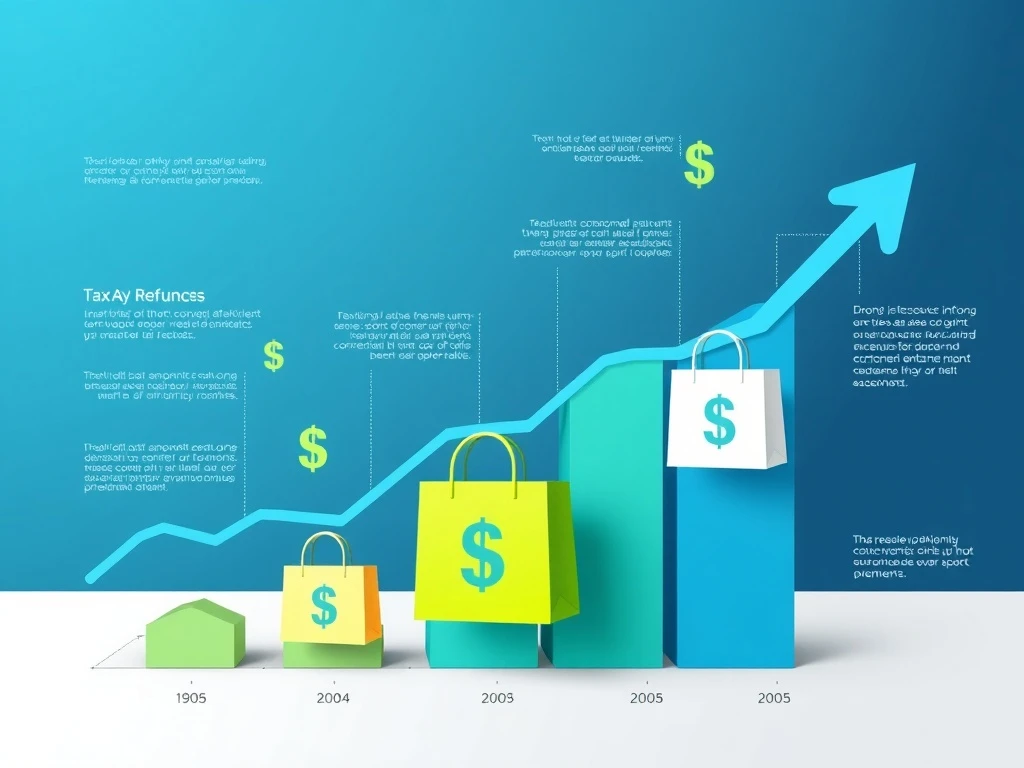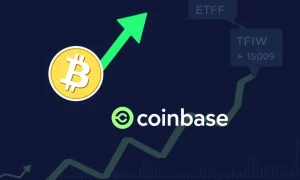JPMorgan analysts project an unprecedented tax refund surge that will inject billions into the economy, potentially reshaping consumer behavior and market dynamics throughout 2024. This massive fiscal injection comes at a critical time for both households and investors.
Understanding the Tax Refund Surge Phenomenon
JPMorgan’s research indicates this tax refund surge will exceed previous records significantly. Several factors drive this development. Firstly, pandemic-era stimulus measures created unique tax situations. Secondly, inflation adjustments increased standard deductions. Thirdly, many taxpayers over-withheld due to economic uncertainty. Consequently, refund amounts show remarkable growth.
Economic Impact of the Tax Refund Surge
The tax refund surge will directly boost consumer spending patterns. JPMorgan expects immediate effects on retail sectors. Additionally, service industries will benefit substantially. Importantly, this injection occurs during a sensitive economic period. Therefore, analysts monitor inflation implications carefully.
Market Reactions to Refund Distributions
Financial markets already price in the tax refund surge effects. Equity analysts note particular sector strengths. Consumer discretionary stocks show notable momentum. Meanwhile, retail ETFs demonstrate increased investor interest. However, bond markets remain cautious about inflationary pressures.
Consumer Behavior Shifts
JPMorgan’s consumer research reveals spending intentions. Survey data indicates three primary allocation categories:
• Essential purchases (35% of recipients)
• Debt reduction (28% of recipients)
• Investment allocations (22% of recipients)
Long-term Economic Implications
The tax refund surge may create lasting economic effects. Consumer confidence typically improves after large refund distributions. Furthermore, small business revenues often increase correspondingly. However, policymakers watch for potential overheating signals. Thus, the Federal Reserve monitors these developments closely.
Investment Strategy Adjustments
Portfolio managers already adjust strategies for the tax refund surge. Sector rotation becomes increasingly important. Technology stocks may benefit from increased consumer electronics spending. Meanwhile, financial services could see higher deposit inflows. Consequently, asset allocation models require updates.
Regional Economic Variations
The tax refund surge impacts regions differently. States with higher average incomes see larger absolute refunds. However, lower-income areas experience greater proportional benefits. This creates varied local economic effects. Therefore, regional banks show different performance patterns.
FAQs: Tax Refund Surge and Economic Impact
What causes this year’s large tax refund surge?
Multiple factors contribute including pandemic stimulus measures, inflation adjustments to tax brackets, and increased withholding during economic uncertainty.
How will the tax refund surge affect inflation?
JPMorgan analysts suggest temporary inflationary pressure is possible but expect the Federal Reserve to maintain current policy stance unless sustained effects appear.
Which market sectors benefit most from tax refund distributions?
Consumer discretionary, retail, and financial services sectors typically see the strongest positive correlation with refund spending patterns.
When will the economic impact of tax refunds be most visible?
Primary effects usually appear within 4-6 weeks after refund distribution, with secondary effects continuing for subsequent quarters.
How does this tax refund surge compare to previous years?
Current projections indicate refund amounts approximately 15-20% higher than 2023 levels, making it one of the largest annual increases recorded.
Should investors adjust portfolios for the tax refund season?
Many analysts recommend reviewing consumer-focused allocations but caution against major strategy shifts based solely on seasonal refund patterns.








